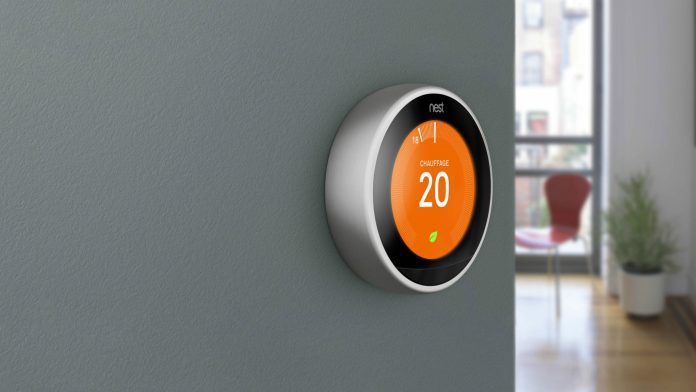Annual shipments of Zigbee chipsets will reach one billion by 2023, mostly in smart home sensors, accounting for 85 per cent of IEEE 802.15.4 mesh network devices. Half a billion Zigbee chipsets are already circulation, according to research firm ON World.
The Zigbee Alliance said sales of Zigbee chipsets are rising fast, notably in connected lighting, smart meters, and climate control and comfort automation.
“2018 is already on track for a record year for Zigbee certifications, and to date the Alliance has qualified thousands of different smart product types that are part of today’s most popular and thriving IoT ecosystems,” said Katie Gengler, head of marketing at the Zigbee Alliance.
In a recent report, ON World predicts 802.15.4 mesh chipset sales will reach 4.5 billion by 2023, with 3.8 billion, or 85 per cent, based on its own technology standards. Zigbee makes up more than one-third of the smart home wireless sensor network (WSN) chipset market, it said, making it the leading IoT connectivity technology for the smart home.
Mareca Hatler, principal analyst at ON World, commented: “Zigbee leads the wireless mesh sensor network market and will continue to do so.”
The Zigbee Alliance cited use of the technology in popular consumer products by Amazon, Comcast, Huawei, IKEA, Schneider Electric, Signify, and Samsung. The association is “fuelling this surge” by providing open, standards-based devices, it said.
Gengler commented: “ON World’s projections validate the success we’ve been experiencing behind the scenes.”
ZigBee was designed to provide small amounts of data using very little power, with most connected devices running off of a battery. It is based on the Institute of Electrical and Electronics Engineers Standards Association’s (IEEE) 802.15 specification, and operates in unlicensed radio frequency bands including 2.4 GHz, (00 MHz and 868 MHz.
Unlike Wi-Fi, ZigBee uses a mesh network specification where devices are connected with many interconnections between other network nodes. Data is generally sent through mid-range distances of 10 to 100 metres, but ZigBee uses its mesh network to significantly extend that distance.
Use cases for 802.15.4 are aimed at monitoring applications where relatively low levels of data throughput are needed, and with the possibility of remote, battery powered sensors where low power consumption is required. Sensors, actuators, lighting controls, security and other home and in-building applications are all possible use cases for the technology.
Zigbee competes against well established connectivity standards like Wi-Fi and Bluetooth, as well as IoT newcomers like Z-Wave and Thread. It has struggled recently with interoperability issues, as the standard isn’t just the wireless transport mechanism, but a layer of software on top that can create profiles that interfere with different versions of ZigBee profiles. So unlike Wi-Fi, if you have two devices with ZigBee chips, it’s possible that they won’t be able to operate with each other.
Nevertheless, the Zigbee Alliance maintains it leads the mesh-network smart home market, from rivals like Thread and Z-Wave, and is posting record growth.

